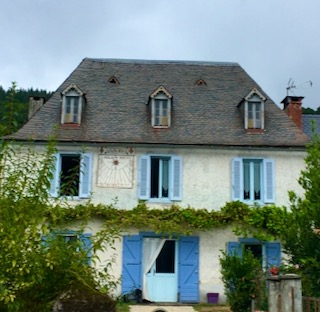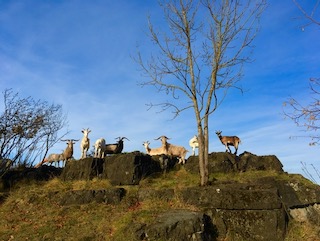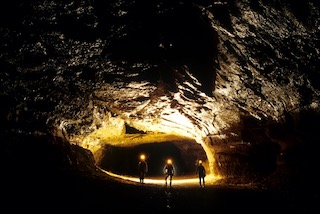French Prime Minister, Jean Castex, announced last week that the long-promised TGV fast train link between Toulouse and Paris will be in service within 10 years. Work has been brought forward to start in 2024, five years ahead of schedule (and after 40 years of discussion). It means that the train journey from Toulouse to the centre of Paris will take just 3 hours and 10 minutes (it is currently 4h30).
Toulouse is the fourth most populated city in France as well as the fastest growing and it is the capital of the Occitanie region but it is also the last major French city currently not served by the TGV. Toulouse is often cited as one of the best cities to live in France for quality of life so, once connected by a high-speed train connection to Paris, it is likely to see a popularity boom akin to that seen in Bordeaux following its connection to Paris via the TGV. Many Parisiens are likely to be attracted by the ability to work in Paris during the week but live in south west France during the weekend and, likewise, Toulousains will certainly appreciate the ability to travel easily to the centre of Paris after work on Friday to spend the weekend.
Already more than 50.000 new residents arrive in the Occitanie region each year, making it the most sought-after region in France and this is expected to accelerate with the news of the TGV, hence causing an increasing demand for property everywhere directly surrounding and within an hour of Toulouse.
The Prime Minister has committed 4,1 billion Euros to the project and hopes to finance an extra 20% from the European Union. Overall, the line is expected to cost around 7 billion Euros and will cross four departments (The Haute Garonne, The Tarn et Garonne, the Lot et Garonne and the Gironde) covering a distance of 253km. The trains will travel at 320km per hour.
Paris here we come.
If you would like help or advice in finding your property, please get in touch nadia@foothillsoffrance.com









You must be logged in to post a comment.